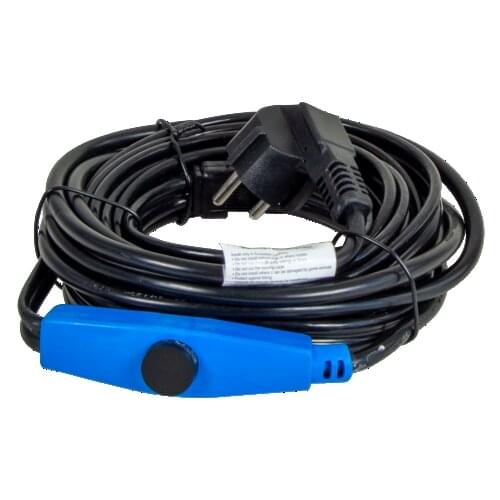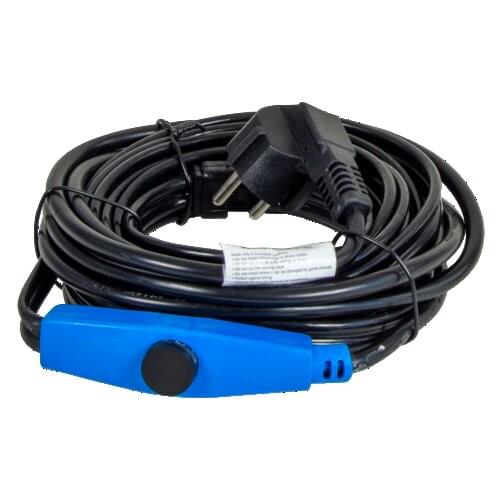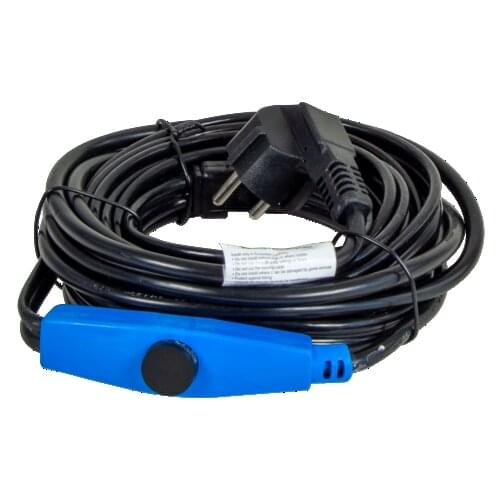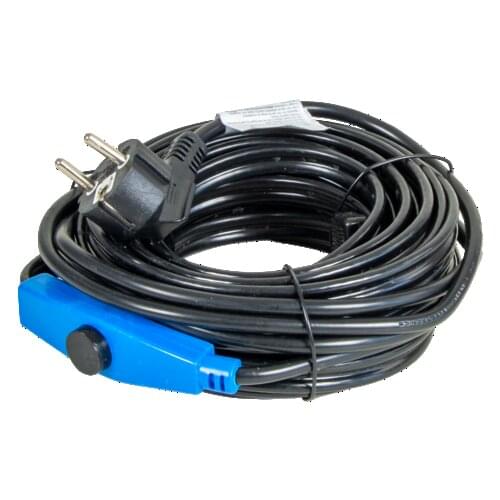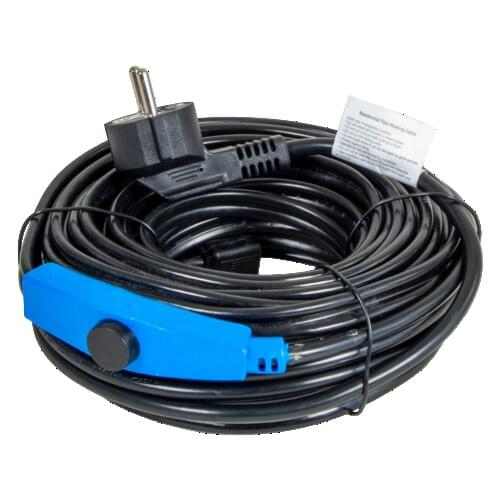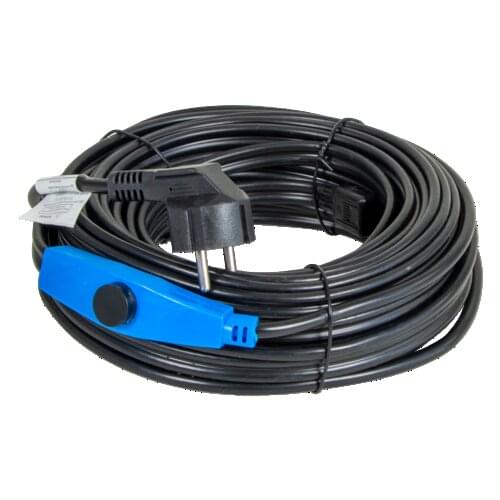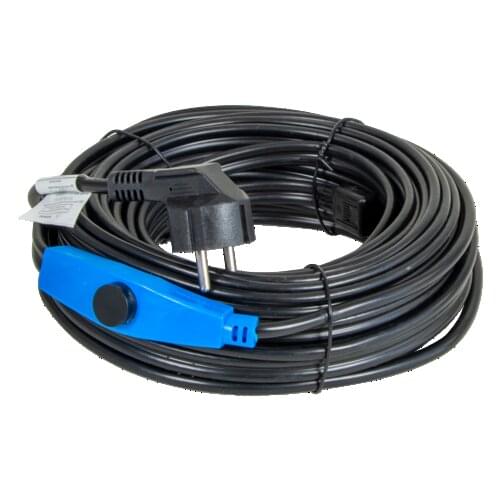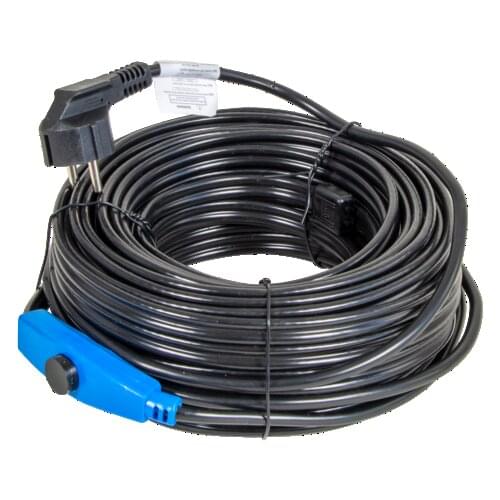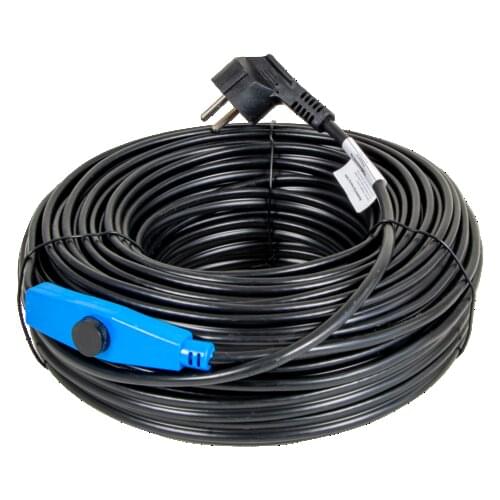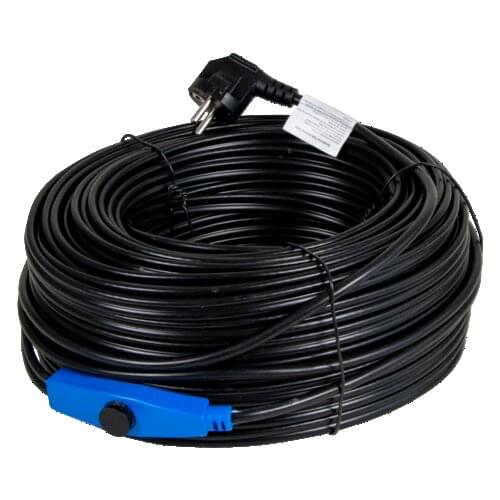Heating cables – the solution for water pipes at risk of freezing
The cold season brings a number of challenges, such as the risk of frozen water pipes around the house and garden. A heating cable reliably protects pipes against frost. In this article we explain how it works and what you need to consider when using it.
Topics at a glance
- What makes a high‑quality heating cable?
- What should I consider when choosing a heating cable?
- How is the cable attached to the pipe?
- How do I connect the cable to the power supply?
- What needs to be considered with plastic pipes?
- What do I need to consider when operating a heating cable?
- Can the cable come into contact with water?
- Can I use a heating cable to protect plants from frost?
What makes a high‑quality heating cable?
What should I consider when choosing a heating cable?
Selection: The length of the cable must match the pipe run to be protected. Heating cables must not be cut to length. Measure the route and, if necessary, choose the next longer cable. If you have any questions, our customer service will be happy to help.
How is the cable attached to the pipe?

The pipes to be protected must be freely accessible and undamaged. Lay the heating cable straight along the pipe without crossing or overlapping and fasten it at regular intervals with temperature‑resistant tape or cable ties so that it lies flush against the pipe. The thermostat must also be attached firmly to the pipe.
How do I connect the cable to the power supply?
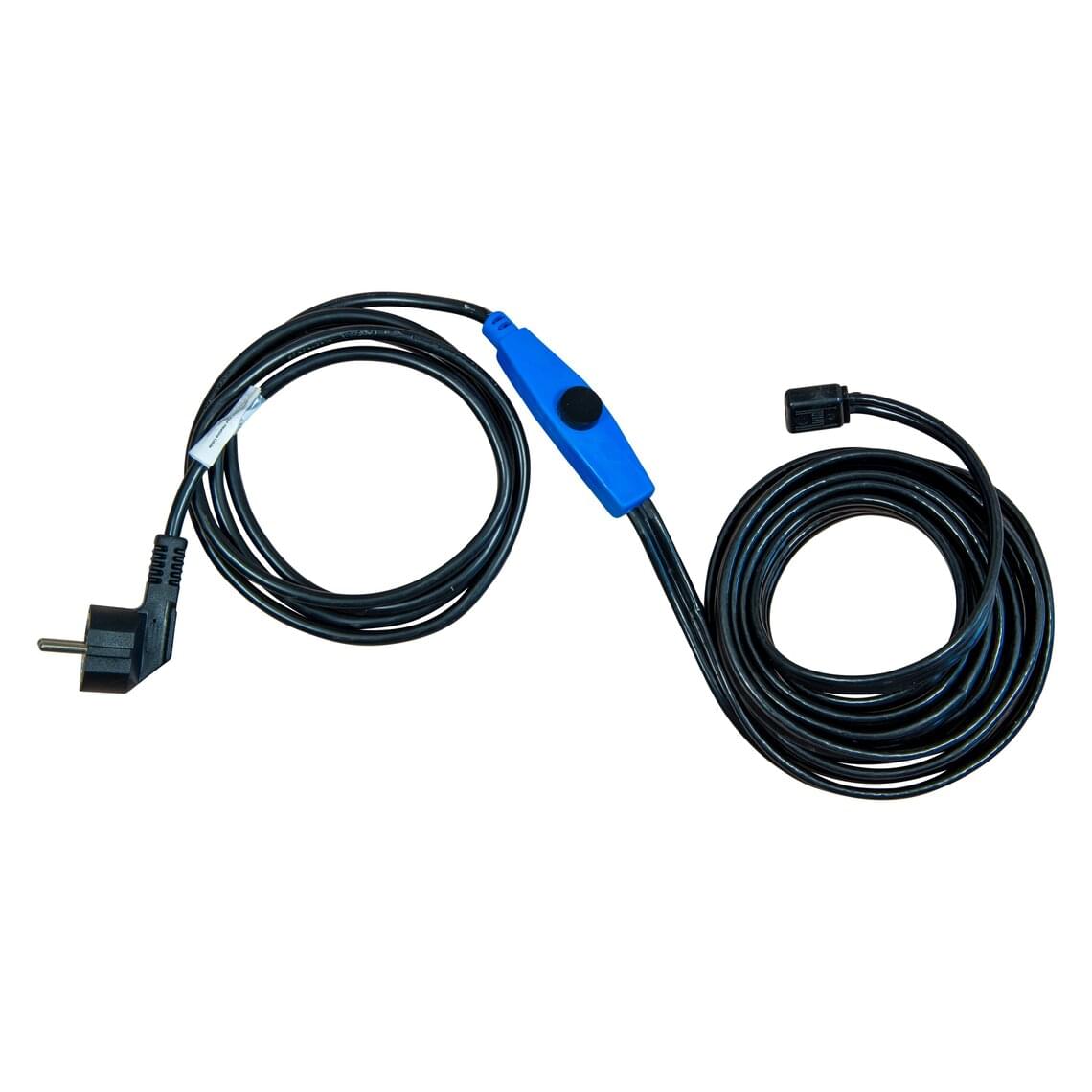
What needs to be considered for plastic pipes?

What do I need to consider when operating a heating cable?
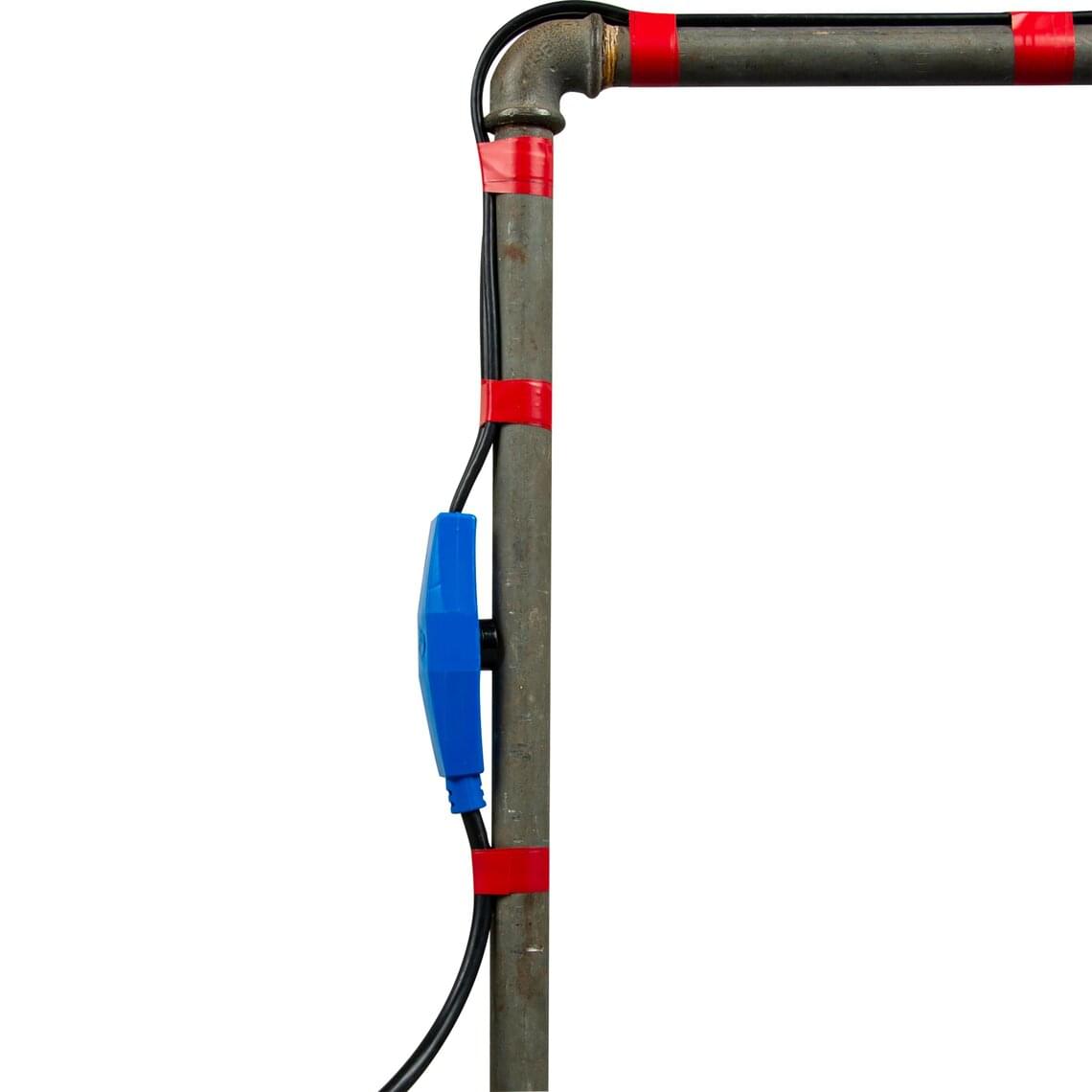
Can the cable come into contact with water?
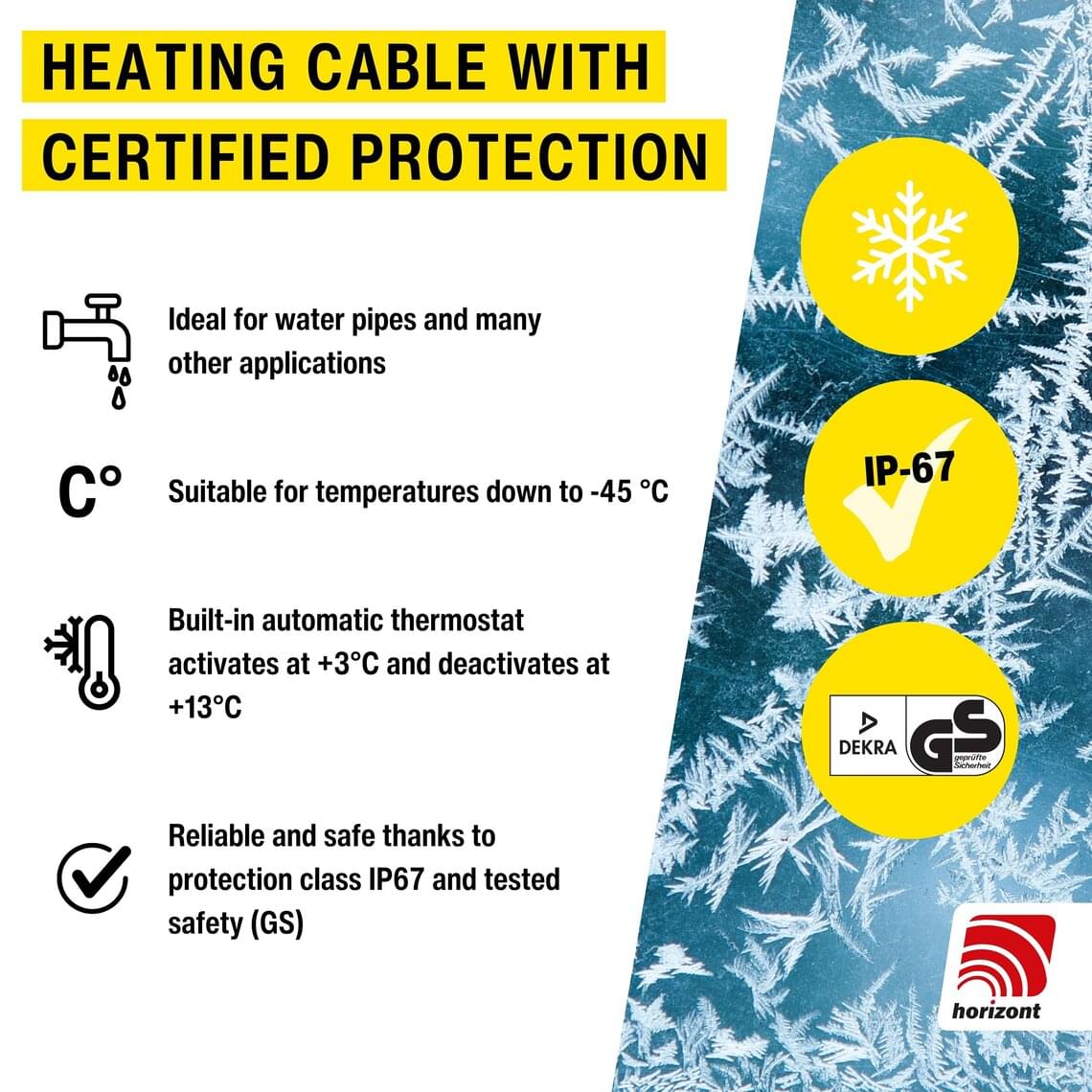
Can I use a heating cable to protect plants from frost?
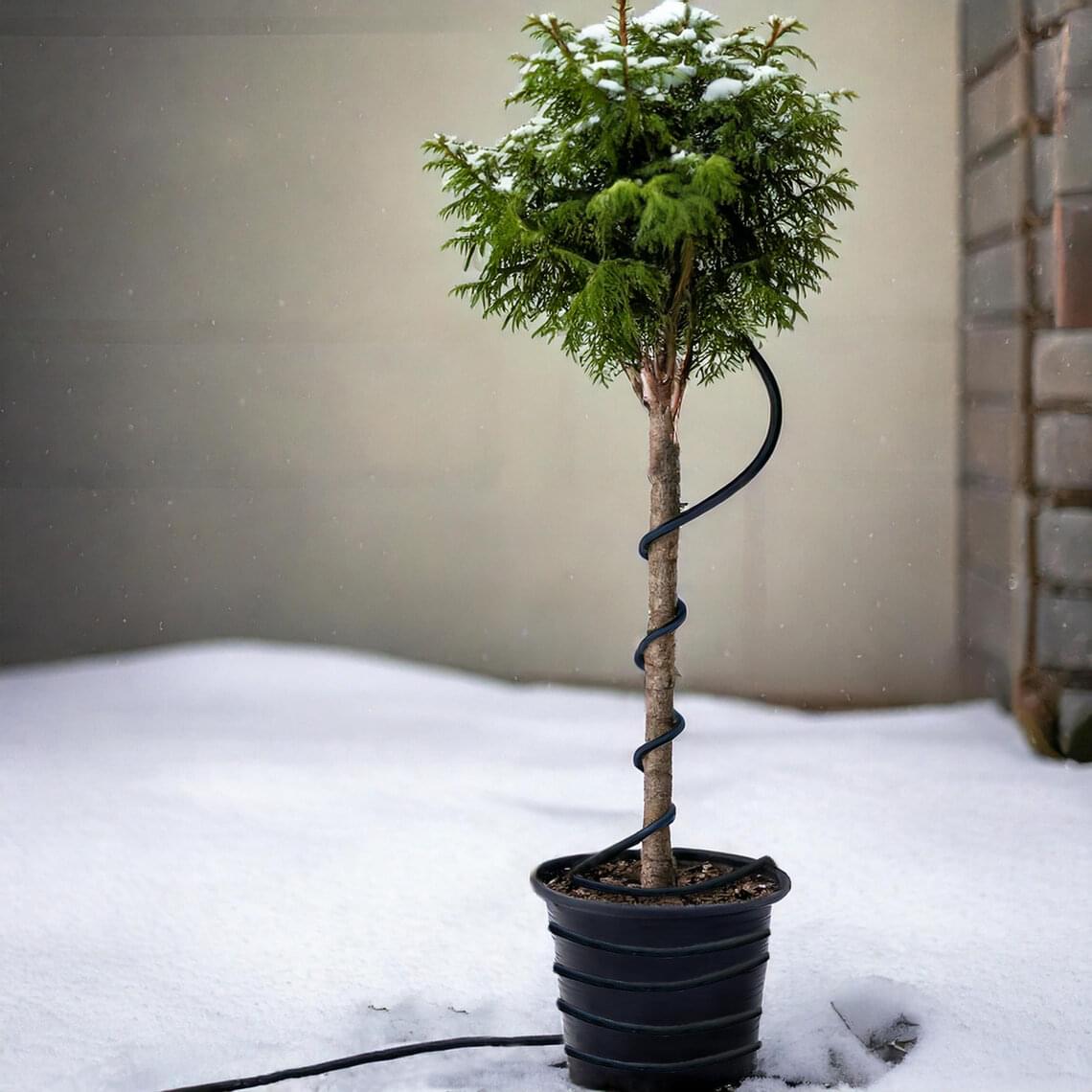
Some plant species, e.g. palms, can be protected from frost with our cables if they are installed correctly. Important: the heating cable must never come into direct contact with the plant. Always use suitable insulation and observe the maximum surface temperature. If the cable overheats and burns out, the plants may also be damaged.



